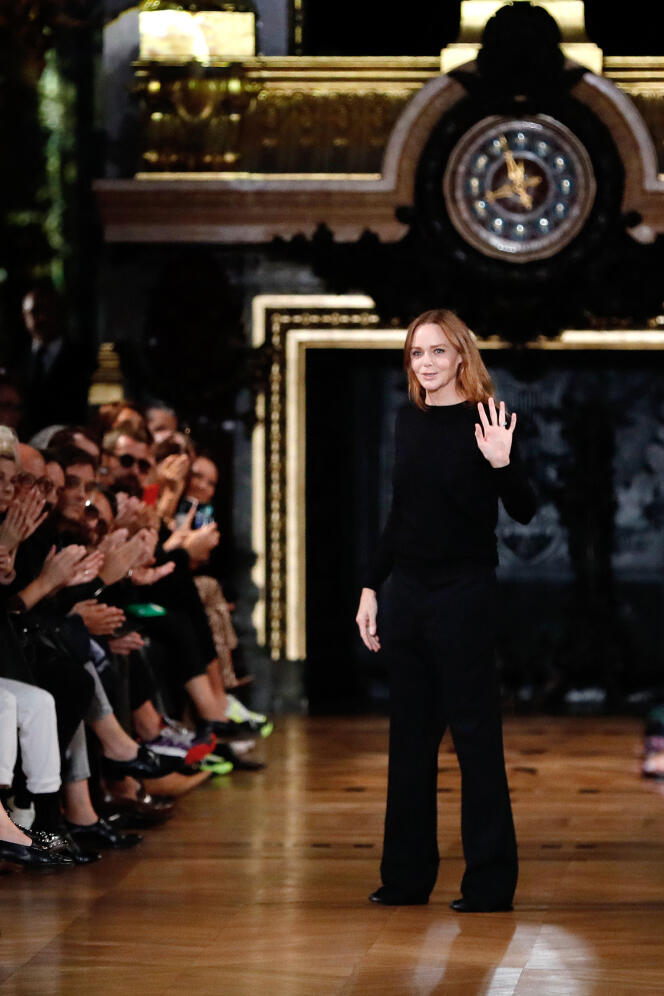


"In the luxury sector, the primary market is women's fashion. So why is it increasingly difficult for women to secure seats on the boards of brands or land positions as creative directors? It's something very puzzling to me." It was at the end of November 2023, during a conference on the sidelines of an awards ceremony organized by Veuve Clicquot champagnes, that British fashion designer Stella McCartney made this statement. Moreover, the recent games of musical chairs and appointments to creative director posts at major fashion and luxury brands can only prove her right.
Following the departure of designer Sarah Burton, Sean McGirr from Ireland was appointed to Alexander McQueen in October. Milan's Walter Chiapponi was appointed to Blumarine in November. The Tod's defector left his vacancy to fellow countryman Matteo Tamburini, who was appointed at the same time. In early December, French fashion house Rochas announced the appointment of the Italian Alessandro Vigilante, who succeeded the young Charles de Vilmorin. All of them are in their 30s or 40s, with debut collections expected in the coming months. They have all worked for a number of prestigious houses, including Gucci, JW Anderson, Dolce & Gabbana and Bottega Veneta. What's more, they all have one thing in common: They're all men.
Where have all the female creative directors gone? "Historically, clothing has been women's business, right from the Middle Ages," said fashion historian Xavier Chaumette. "The textile industry was run by weavers. What's more, women controlled the manufacturing of domestic clothing within the home." In the 18th century, it was a woman who formalized clothing creation. Rose Bertin was Marie-Antoinette's personal dressmaker, nicknamed the "minister of fashion" by the queen. "Her contribution allowed women of modest origins to professionalize and establish pricing in the clothing industry during the 18th century. They all came from modest backgrounds and, through fashion, managed to achieve social standing."
In the early 20th century, many French fashion houses were subsequently founded by women: Madeleine Vionnet, Jeanne Lanvin, Elsa Schiaparelli, Gabrielle Chanel and Madame Grès. Closer to our time, in the 2010s, the appointments of Phoebe Philo at Celine, Clare Waight Keller at Chloéand Maria Grazia Chiuri at Dior in 2016 (the first woman appointed to this position within the house) hinted at profound changes, after the era of male superstars such as John Galliano, Tom Ford and Marc Jacobs.
You have 70% of this article left to read. The rest is for subscribers only.
